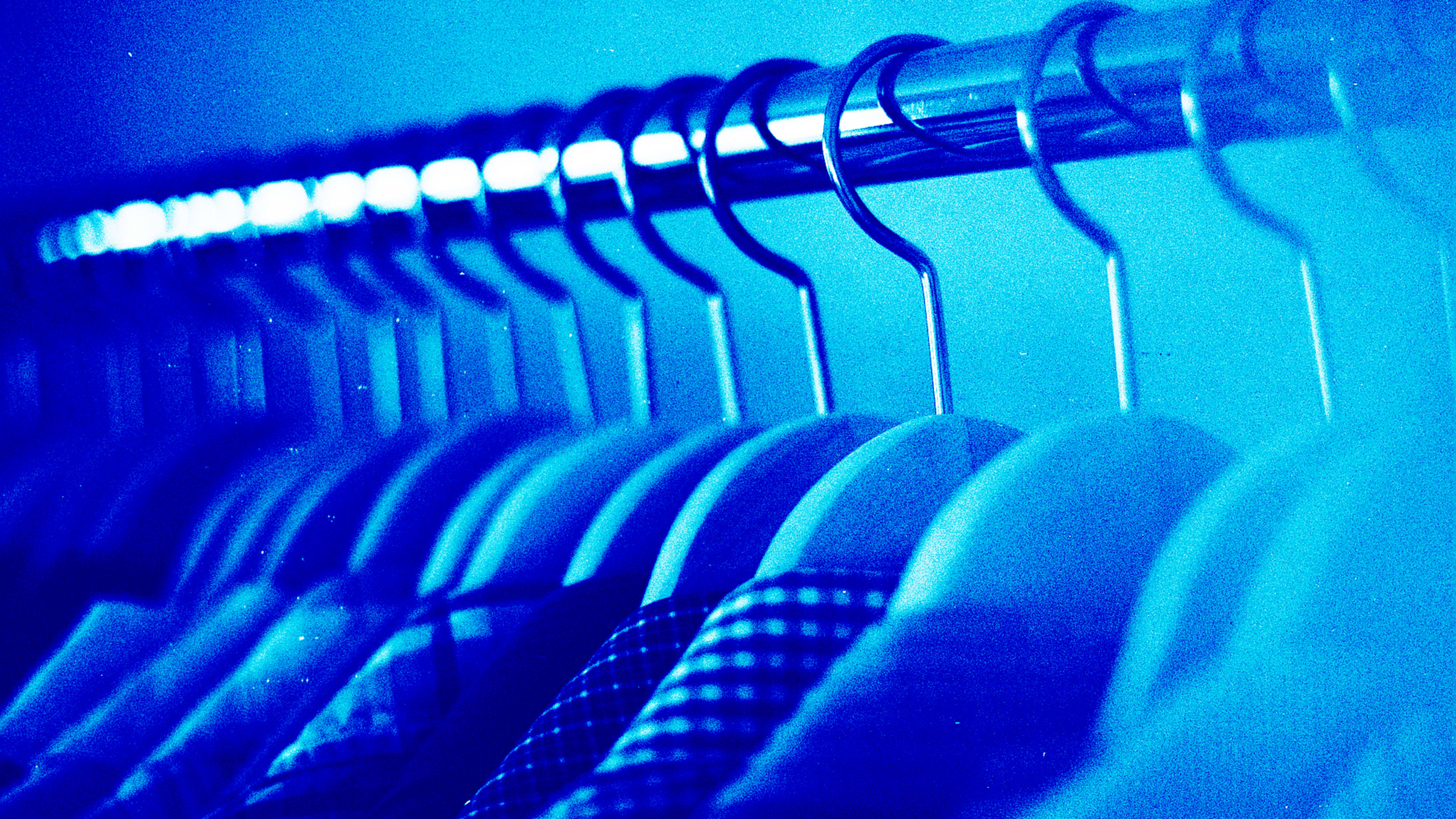Organizing and searching through images stored on Box is about to get a lot easier thanks to machine learning. Today the cloud storage company announced that it’s bringing image recognition capabilities powered by Google Cloud Vision to the platform. The feature, which launches in public beta today, will enable enterprise users to perform smart searches for objects, colors, and even people, making for a much more efficient workflow.
Box currently works with 74,000 companies ranging in size from small startups to Fortune 500 companies. Customers like Gap, Airbnb, and Spotify that are all storing and working with a lot of data on a daily basis.
“What we’re seeing is that there is an increasing amount of unstructured content in the form of images and videos and audio files,” says Aaron Levie, cofounder and CEO of Box. That unstructured content, especially in a large volume, can be difficult to deal with.
Slideshow: Outside The Box
“It’s very easy to search within documents and organize them, but that’s not true for a lot of this other unstructured content. So companies are spending millions of dollars in some cases just trying to organize and collect all of this unstructured information,” Levie says.
By bringing advanced machine learning and artificial intelligence to Box, the hope is to equip customers with tools to help them better understand, organize, and make sense of all that data directly within Box, without spending a ton of cash on additional software programs.
“What this does is it lets any kind of customer that turns on the functionality be able to take any image content or photos that they have and be able to automatically detect any objects or text within those images,” says Levie. “So, if you’re a retailer and you want to quickly organize all of your product information, this can instantly extract any kind of products that are inside of a photo. If you’re a media company and you want to instantly organize all of your digital assets, it can detect a significant portion of objects within the digital assets, if it’s a frame of a movie or whatnot.”
For instance, Gap might search for “blue shirts” for a promotion, or for a celebrity spokesperson to pull out images of him or her from an event.
Right now you’re limited by what’s in Google’s database, which is already extremely rich, but later on Levie says you’ll be able to train your own data set as well. The beta is also limited. While anyone can sign up to try it out, for now access will only be granted to companies that Box thinks would benefit specifically from the technology.
“This is the first announcement we’re making in this space, but later this fall at our conference in October, Box Works, we’re going to be talking about other use cases as well as partners that we’re pretty excited about working with,” Levie says. “So this is really just the start of a very, very long journey, but we think this will be the defining technology of Box for many, many years to come.”
Recognize your company's culture of innovation by applying to this year's Best Workplaces for Innovators Awards before the extended deadline, April 12.



